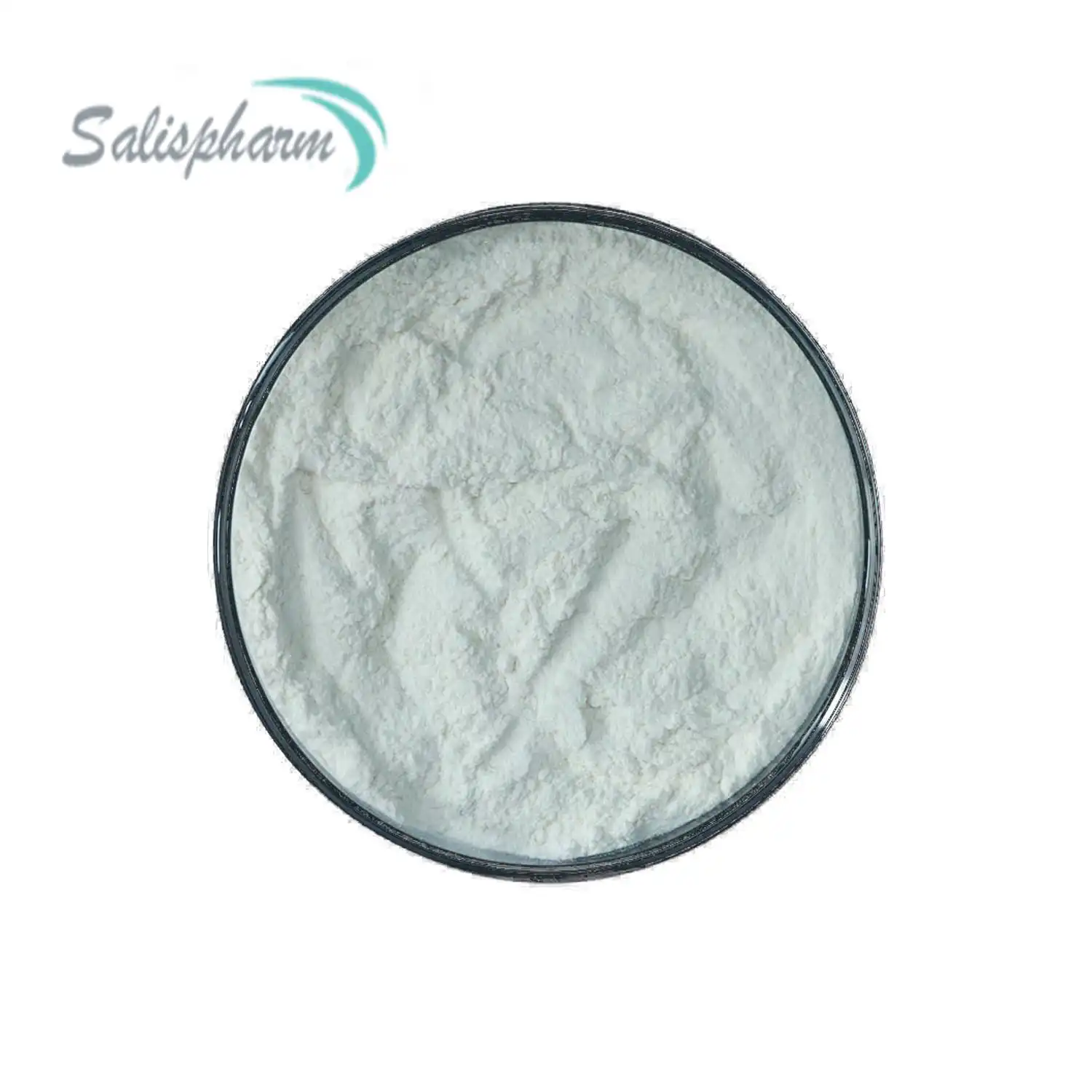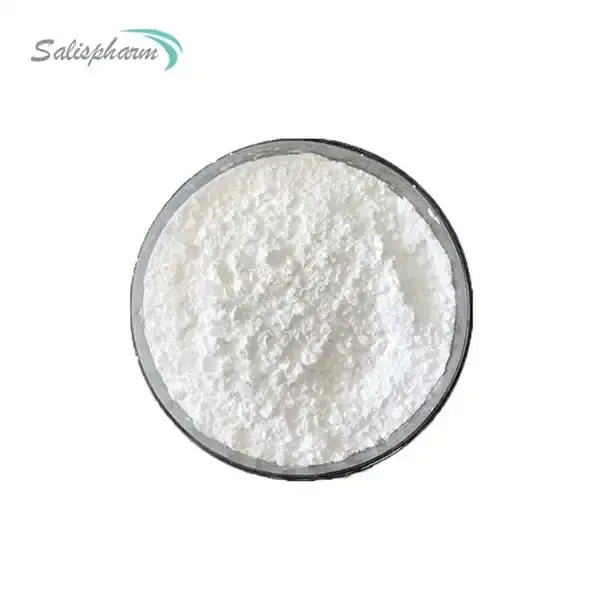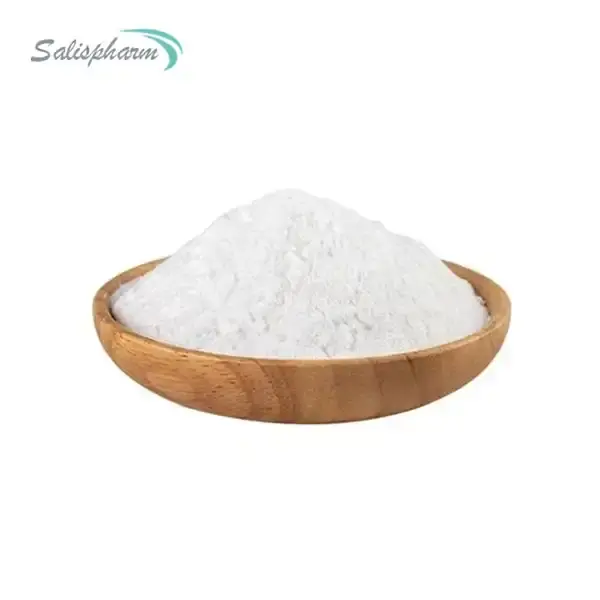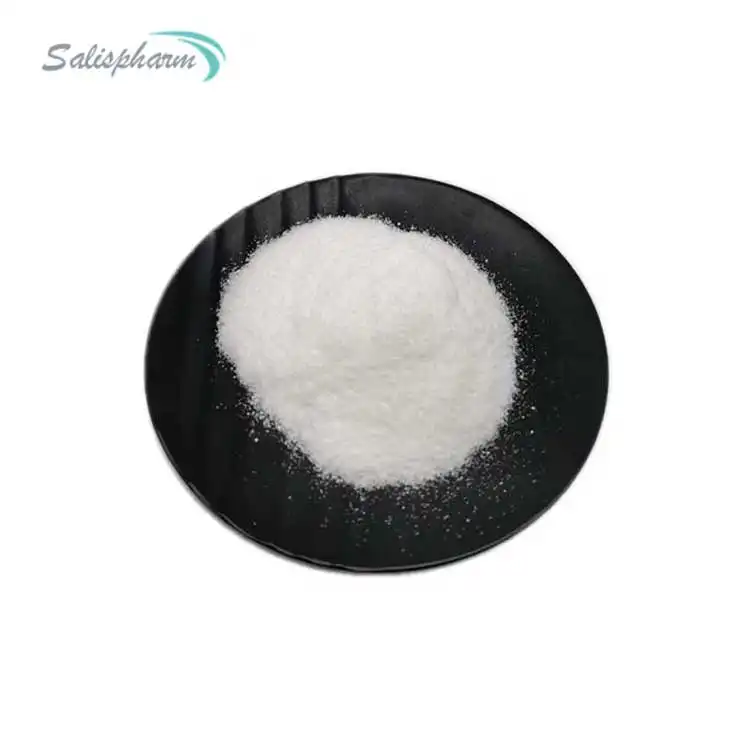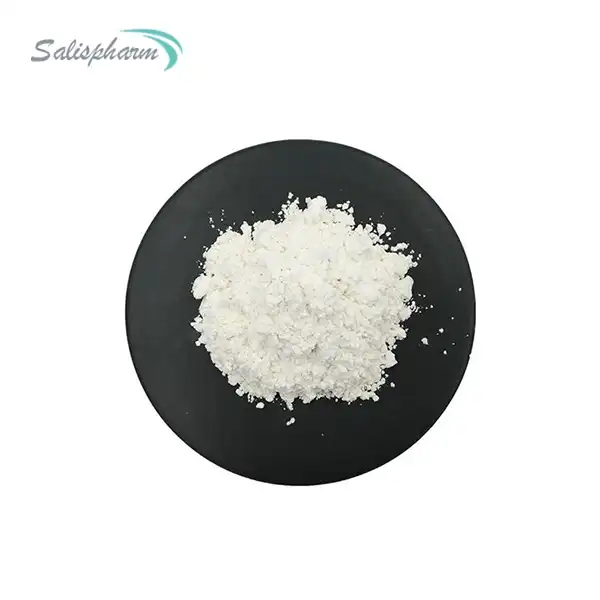Spironolactone is an engineered compound that has a place with the class of prescriptions known as potassium-saving diuretics. Initially created as a diuretic (water pill) to treat liquid maintenance and hypertension, spironolactone has likewise acquired prominence for its off-name use in treating different circumstances, especially in ladies. In powder form, spironolactone is often used as a supplement or compounded into personalized medications. This article aims to explore the effects of spironolactone powder on a woman's body, addressing common concerns and potential benefits.
Can Spironolactone Help Treat Hormonal Acne in Women?
Hormonal acne is a persistent and frustrating condition that affects many women, particularly during their reproductive years. Spironolactone powder has acquired consideration as an expected treatment for this condition because of its enemy of androgenic properties. Androgens, like testosterone, can add to the overproduction of sebum (oil) in the skin, prompting obstructed pores and skin break out breakouts.
By hindering the impacts of androgens, Spironolactone Powder can assist with controlling sebum creation and diminish the seriousness of skin break out. A few examinations have shown the viability of spironolactone in further developing skin break out sores, especially when joined with other skin break out medicines like effective retinoids or oral contraceptives.
One review distributed in the Diary of the American Institute of Dermatology found that ladies who took spironolactone in mix with an oral preventative encountered a huge decrease in skin break out sores contrasted with the people who took the oral prophylactic alone. One more concentrate in the Diary of Medications in Dermatology detailed that spironolactone was powerful in diminishing fiery and non-provocative skin break out sores, with upgrades seen as soon as two months subsequent to beginning treatment.
Nonetheless, it's critical to take note of that spironolactone isn't a remedy for skin inflammation and may not work for everybody. Also, it can require a while of steady use before observable enhancements are seen. Potential side effects, such as irregular menstrual cycles, breast tenderness, and increased potassium levels, should also be discussed with a healthcare provider.
Can Spironolactone Reduce Facial Hair Growth in Women?
Excessive facial hair growth, known as hirsutism, can be a distressing condition for many women, impacting their self-confidence and quality of life. Spironolactone powder has been found to be an effective treatment option for reducing unwanted facial hair growth in women due to its anti-androgenic properties.
Androgens, particularly testosterone, play a crucial role in the development and growth of facial hair. By blocking the effects of these hormones, spironolactone can help slow down the growth of new facial hair and potentially reduce the thickness and coarseness of existing hair.
A systematic review and meta-analysis published in the Journal of Clinical Endocrinology & Metabolism found that antiandrogens like spironolactone were effective in reducing hirsutism scores, with a significant improvement in hair growth compared to placebo. Another study in the International Journal of Dermatology reported that women with hirsutism experienced a significant reduction in facial hair growth after six months of spironolactone treatment.
However, it's important to note that the effects of spironolactone on facial hair growth may vary from individual to individual, and some women may not experience significant improvements. Additionally, it may take several months of consistent use before noticeable changes in hair growth are observed.
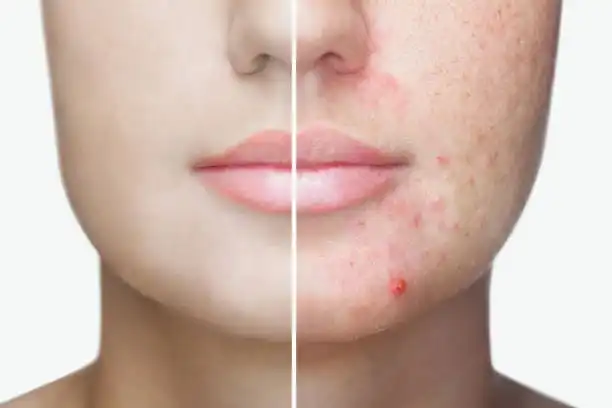
Is Spironolactone Safe for Long-Term Use in Women?
As with any medication, the long-term use of spironolactone powder raises concerns about potential side effects and safety. While spironolactone is generally well-tolerated, there are some important considerations for women who plan to use it for an extended period.
One of the main concerns with long-term spironolactone use is its potential impact on hormonal balance and menstrual cycles. Some women may experience irregular periods, spotting, or amenorrhea (absence of menstrual periods) while taking spironolactone. These effects are often temporary and may resolve once the medication is discontinued.
A study published in the Journal of Clinical Endocrinology & Metabolism evaluated the long-term safety and efficacy of spironolactone in women with polycystic ovary syndrome (PCOS) and hirsutism. The researchers found that while spironolactone was effective in reducing hirsutism over a two-year period, some women experienced irregular menstrual cycles or amenorrhea during treatment.
Additionally, spironolactone can interact with certain medications and may affect potassium levels in the body. Regular monitoring of potassium levels and kidney function is recommended for women taking spironolactone long-term. Women with pre-existing kidney or liver conditions may need to be closely monitored or avoid spironolactone altogether.
It's essential for women to discuss the risks and benefits of long-term spironolactone use with their healthcare provider, especially if they have pre-existing conditions or are considering pregnancy. Regular follow-up appointments and monitoring are recommended to ensure the safe and effective use of spironolactone.
Spironolactone and Polycystic Ovary Syndrome (PCOS)
Polycystic ovary syndrome (PCOS) is a hormonal disorder that affects women of reproductive age, characterized by irregular menstrual cycles, excessive androgen levels, and the presence of multiple small cysts on the ovaries. Spironolactone Powder has been increasingly recognized as a valuable treatment option for women with PCOS, particularly in managing symptoms such as hirsutism, acne, and irregular periods.
The Androgen Excess and PCOS Society guidelines recommend spironolactone as a first-line treatment for hirsutism in women with PCOS, highlighting its efficacy and relatively low risk of side effects compared to other antiandrogens. Several studies have demonstrated the effectiveness of spironolactone in reducing hirsutism scores, improving acne, and regulating menstrual cycles in women with PCOS.
In addition to its anti-androgenic effects, spironolactone may also have beneficial metabolic effects in women with PCOS. A study published in the Journal of Clinical Endocrinology & Metabolism found that spironolactone improved insulin sensitivity and reduced markers of insulin resistance in women with PCOS, suggesting a potential role in managing the metabolic complications associated with the condition.
However, it's important to note that spironolactone should not be used as a sole treatment for PCOS, as it does not address the underlying hormonal imbalances or ovulatory dysfunction. It is often used in combination with other treatments, such as oral contraceptives, insulin-sensitizing medications, or lifestyle modifications, to manage the various symptoms and complications of PCOS.
Conclusion
Spironolactone powder has emerged as a valuable treatment option for various conditions in women, including hormonal acne, hirsutism, and polycystic ovary syndrome (PCOS). While it offers promising benefits, it's crucial to understand the potential side effects and risks associated with its use, particularly for long-term treatment. As with any medication, it's essential to consult with a healthcare professional and closely follow their recommendations for safe and effective use. Regular monitoring and follow-up appointments are recommended to ensure optimal management of the conditions being treated and to address any potential side effects or concerns.
If you are also interested in this product and want to know more product details, or want to know about other related products, please feel free to contact iceyqiang@gmail.com.
References:
1. Ebede, T. L., Arch, E. L., & Berson, D. (2009). Hormonal treatment of acne in women. The Journal of Clinical and Aesthetic Dermatology, 2(2), 16–22.
2. Plovanich, M., & Reddy, B. Y. (2019). Spironolactone for the treatment of acne in women. The Journal of Clinical and Aesthetic Dermatology, 12(9), 30–35.
3. Swiglo, B. A., Cosma, M., Flynn, D. N., Kurtz, D. M., Labella, M. L., Mullan, R. J., Erwin, P. J., & Montori, V. M. (2008). Antiandrogens for the treatment of hirsutism: a systematic review and metaanalyses of randomized controlled trials. The Journal of Clinical Endocrinology & Metabolism, 93(4), 1092–1100.
4. Semerdjieva, S., & Kozunov, V. (2009). Hormonal therapy in hirsutism. Biotechnology & Biotechnological Equipment, 23(sup1), 1048–1051.
5. Ganie, M. A., Marwah, R., Aggarwal, R., & Khurana, A. (2013). Long-term efficacy of spironolactone in the treatment of hirsutism. International Journal of Dermatology, 52(10), 1263–1268.
6. Krysiak, R., Kowalska, B., & Okopień, B. (2017). Long-term safety and efficacy of spironolactone for the treatment of hirsutism in women with polycystic ovary syndrome. The Journal of Clinical Endocrinology & Metabolism, 102(11), 3988–3995.
7. Azziz, R., Carmina, E., Dewailly, D., Diamanti-Kandarakis, E., Escobar-Morreale, H. F., Futterweit, W., ... & Norman, R. J. (2009). The Androgen Excess and PCOS Society criteria for the polycystic ovary syndrome: the complete task force report. Fertility and sterility, 91(2), 456-488.
8. Goodarzi, M. O., & Azziz, R. (2006). Diagnosis, epidemiology, and genetics of the polycystic ovary syndrome. Best practice & research Clinical endocrinology & metabolism, 20(2), 193-205.
9. Bhattacharya, S. M., & Jha, A. (2012). Comparative study of the therapeutic effects of oral contraceptive pills containing desogestrel, cyproterone acetate, and drospirenone in patients with polycystic ovary syndrome. Fertility and sterility, 98(4), 1053-1059.
10. Escobar-Morreale, H. F., Carmina, E., Dewailly, D., Gambineri, A., Kelestimur, F., Moghetti, P., ... & Witchel, S. F. (2012). Epidemiology, diagnosis and management of hirsutism: a consensus statement by the Androgen Excess and Polycystic Ovary Syndrome Society. Human reproduction update, 18(2), 146-170.

